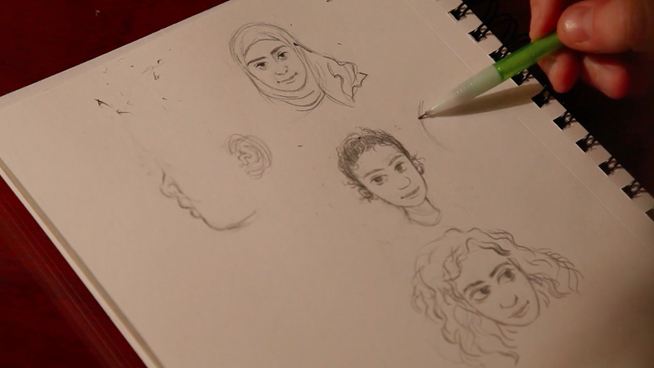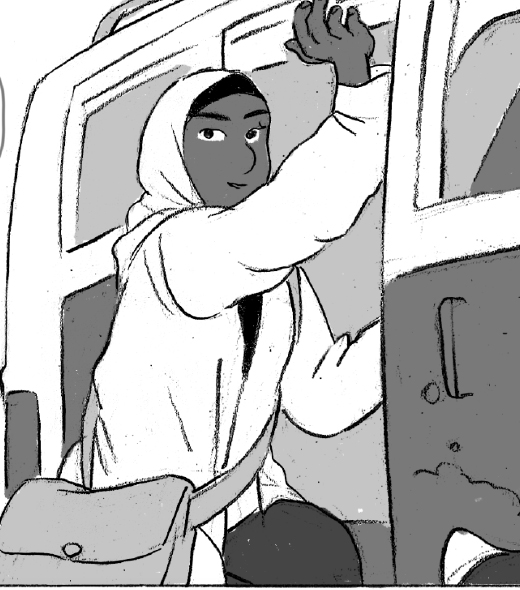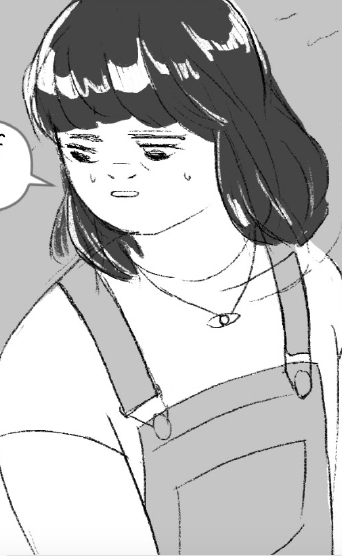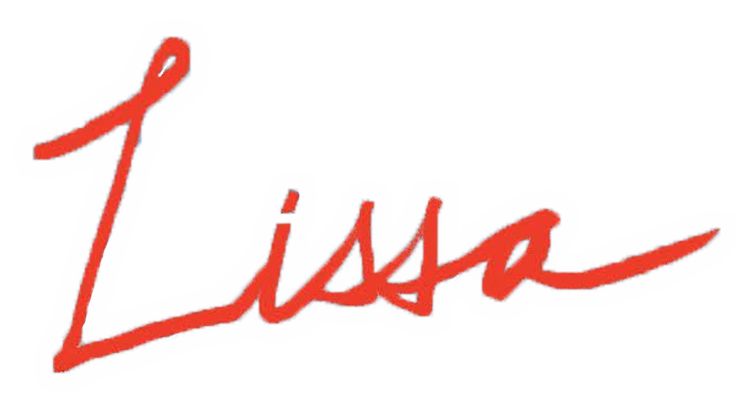The Story
Anna And Layla
The Story: Anna and Layla

Anna is the daughter of an American oil executive in Cairo. Layla is the daughter of the bawab (doorman) in Anna’s apartment building. They strike up an unlikely friendship that crosses class, culture, and religious divides. As both girls face family health crises at home, and reckon with illness, risk, and loss in different ways, their friendship is put to the test … until revolutionary unrest in Egypt changes their lives forever. Ultimately, they come to realize that there is still time to work toward a better tomorrow.
Layla


Layla is headstrong and determined — earning her a place in the prestigious Medical School at Cairo University. As a child, she formed a deep friendship with Anna while they caught geckos in the building courtyard and played “Kitty Clinic” with the neighborhood stray cats. Layla is the strong support that Anna needs as she faces the devastation of her mother’s cancer and eventual decline. As Layla grows into a confident young woman, we see her grapple with the various social and political ills that led to her father’s disease. Through Layla’s political awakening, we come to understand the underlying commitments and hopes that her generation carried through the revolution. And as Layla struggles to comprehend her friend Anna’s medical decision, we glean a more critical perspective on the disproportionate standards of medical care in our unequal world.
Anna


Anna is anxious and introspective. When her mother falls ill, she finds strength in her close friendship with Layla. Photography also offers her solace, since it was a passion that Anna shared with her mother, and one that provided a connection to deceased family members. Yet as she matures, photography’s ability to summon ghosts of the past becomes more fraught. Anna is forced to reckon with the genetic link between her family’s cancerous past and her own threatened future. When Anna cannot turn to Layla, who simply does not understand the decision she wants to make, she seeks out a community of patients facing similar risks. Through Anna’s clinical journey, we see how complicated medical “choice” can be, amidst the broader social and economic forces that shape health and treatment. When Anna finds herself in Cairo as the revolution breaks out, she aims her photographic lens at documenting revolutionary action and identifying missing and martyred revolutionaries. As her camera becomes less of a personal tool and more of a political intervention, Anna’s perspective also shifts. She learns of those who sacrificed their lives so that risk can be more fairly distributed. Anna realizes that she no longer has to contend with “risk” as a personal problem that she alone must solve, and alongside Layla, can begin to imagine what risk can mean as a revolutionary call.
Lissa is an account of an unlikely friendship between two young women from drastically different worlds. Anna and Layla must learn to come to terms with illness, faith, and political resistance against the backdrop of Egypt’s Arab Spring.
